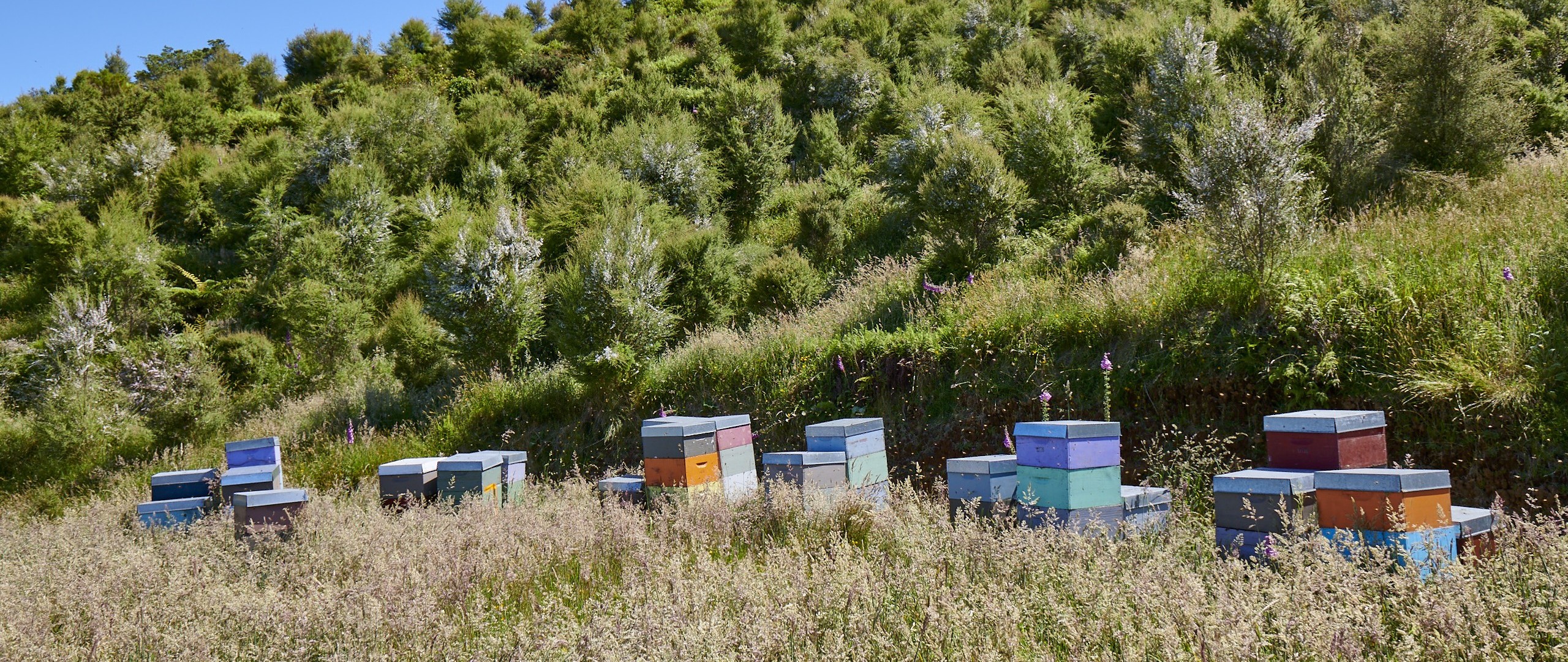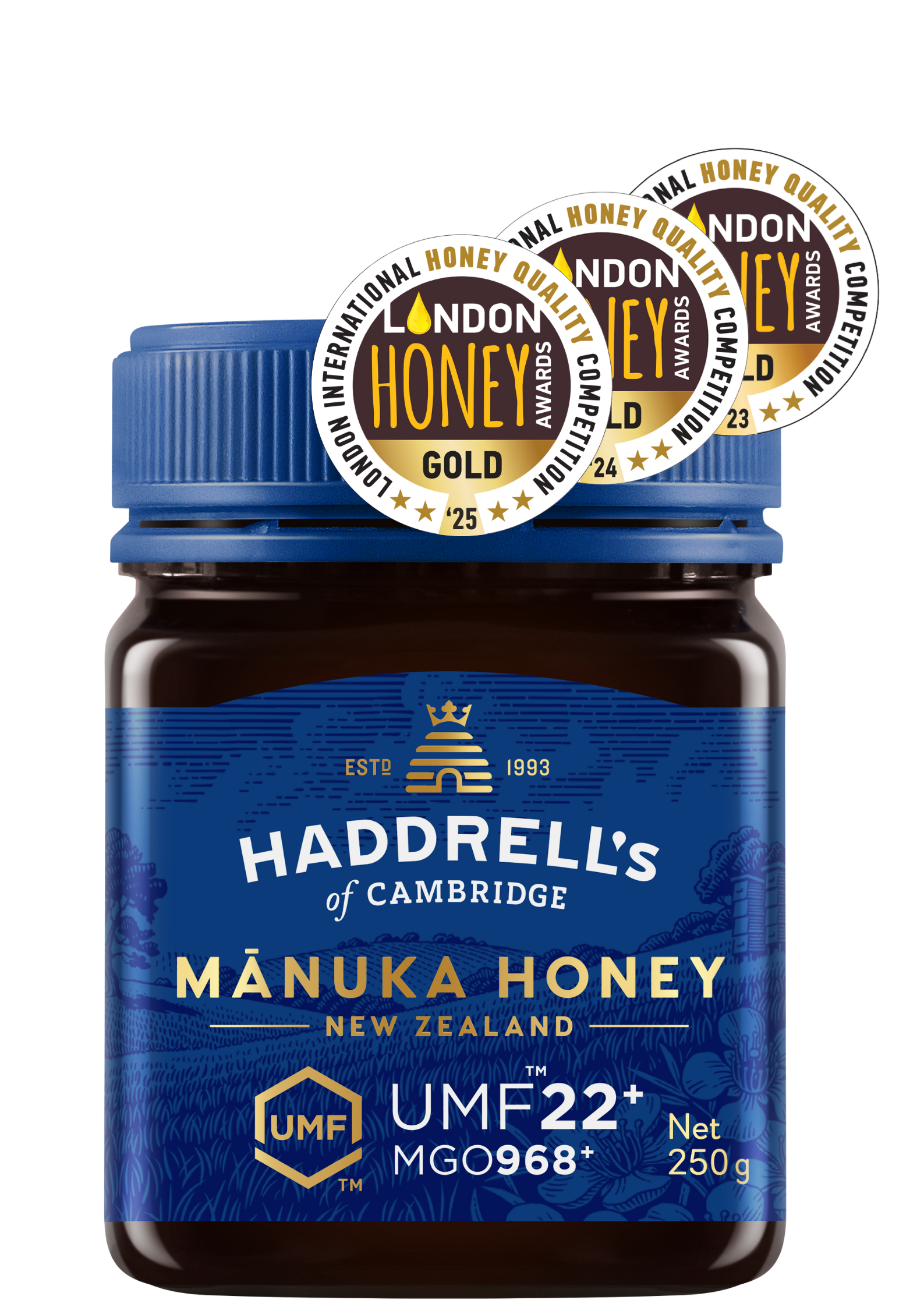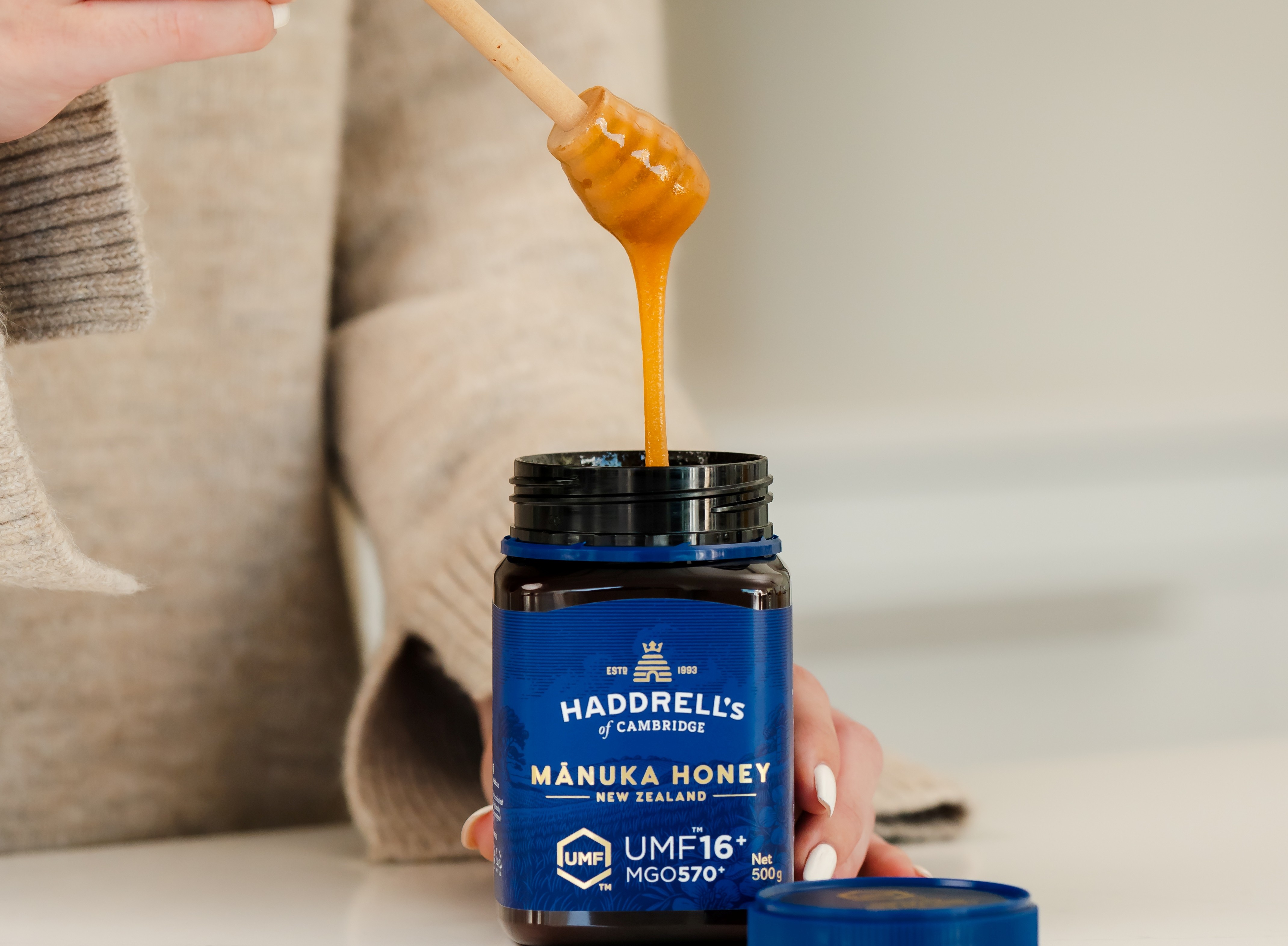The Story Behind the Mānuka Tree

What is the mānuka tree?
Leptospernum Scoparium, the species’ official name, is native to New Zealand and commonly known in Māori as mānuka. Internationally, it is referred to as the mānuka tree.
Mānuka tree vs. tea tree – what’s the difference?
Europeans first came across the mānuka tree in the 18th century when Captain Cook’s crew brewed the leaves they believed would help combat scurvy; they called it the New Zealand tea tree, another common name for the mānuka tree.
Benefits of the Mānuka Tree
Environmental
Mānuka trees thrive in challenging landscapes and quickly re-establish after land clearance or fire, an adaptation linked both to natural events and the bush-clearing practices introduced by Māori settlers. Today, this resilience aids in forest regeneration and soil conservation across diverse New Zealand environments, highlighting the important role of the mānuka tree.
Traditional Uses
The mānuka tree is culturally significant in New Zealand. The Māori, NZ’s indigenous people, refer to the mānuka tree as a taonga (treasure) and have many traditional uses for it. The wood’s density and strength made it ideal for hard-wearing implements and fuel, and they believed in the properties of its bark and leaves for their own care.
The Role of Mānuka Trees in Producing Mānuka Honey
Mānuka flowers are the exclusive source of nectar for genuine mānuka honey, now globally recognised for its special combination of unique properties that originate from the mānuka tree.

.png)


